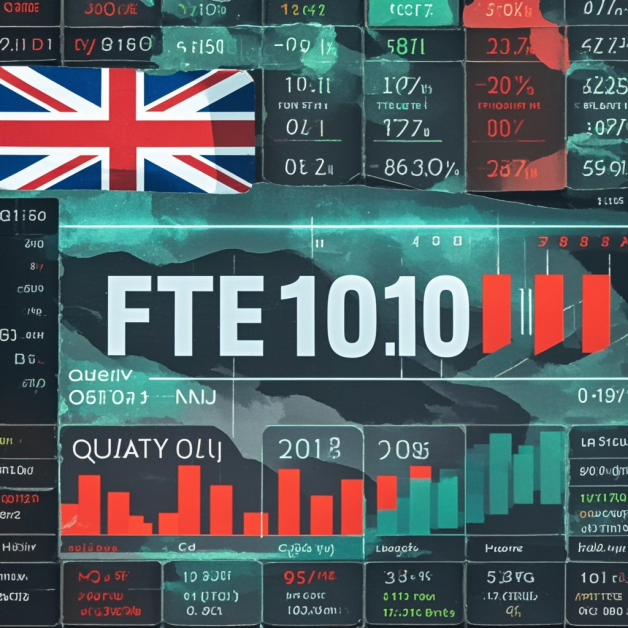Major European Stock Indices Open Mixed, Showing Divergent Market Trends
On July 8, European financial markets entered a new trading session with major stock indices opening mixed, reflecting the tug-of-war between bullish and bearish forces as well as expectations of complex economic conditions.
On the day, the Euro Stoxx 50 index opened in negative territory, down 0.16%. As a benchmark for blue-chip stocks in the eurozone, its decline reflects, to some extent, market caution toward the broader economic outlook for the region. The eurozone has been grappling with multiple challenges, including volatile energy prices, supply chain bottlenecks, and uneven global economic recovery—factors that could weigh on the performance and growth prospects of major corporations in the region, thereby fueling investor concerns.
In contrast, Germany’s DAX index showed relative resilience, opening 0.06% higher. As Europe’s largest economy, Germany’s manufacturing sector remains a key pillar of growth. Recent progress in digital transformation and green development has enhanced the competitiveness of some German companies in international markets, which may have provided support for the DAX. Additionally, the German government’s continued policy support has helped stabilize market confidence.
However, the UK’s FTSE 100 index opened 0.31% lower. Post-Brexit challenges, including trade adjustments with the EU, labor shortages, and inflationary pressures, continue to weigh on the British economy. These factors have led to downward revisions in corporate earnings expectations, dampening investor sentiment and dragging down the FTSE 100 at the open.
France’s CAC 40 index also struggled, opening 0.22% lower. The French economy has experienced a relatively sluggish post-pandemic recovery, with domestic consumer demand yet to regain full momentum. At the same time, the country faces mounting challenges in global competition. These combined factors contributed to the CAC 40’s weak opening performance.
From a macroeconomic perspective, uncertainty surrounding the global economic recovery remains a key driver of European stock market movements. While vaccination progress has helped contain the pandemic to some extent, the emergence of new virus variants raises the risk of resurgence, posing threats to global trade and economic growth. Additionally, expectations of monetary policy adjustments by the U.S. Federal Reserve have introduced volatility across global financial markets, leaving Europe vulnerable to spillover effects.
For investors, the divergent trends among major European indices have complicated decision-making. On one hand, close attention must be paid to macroeconomic data and policy developments to gauge broader market trends. On the other hand, in-depth analysis of sector and company fundamentals is essential to identify promising investment opportunities.
Overall, the mixed opening of major European indices on July 8 reflects the interplay of multiple factors. Moving forward, European financial markets will continue to face uncertainties, and their trajectory remains to be seen. Investors should remain cautious, maintaining a well-balanced asset allocation to navigate potential market volatility.
